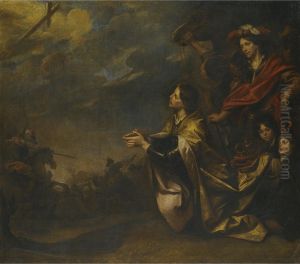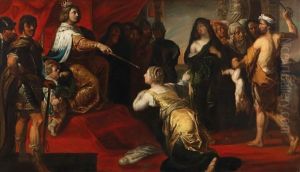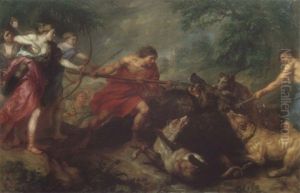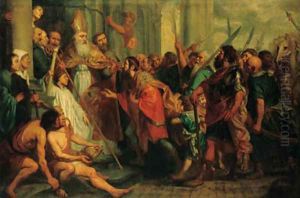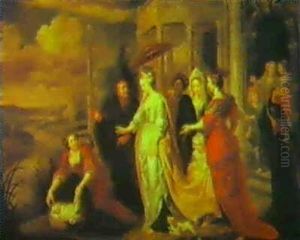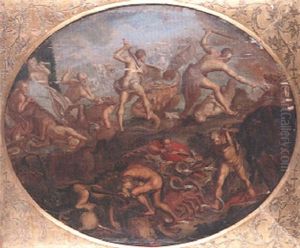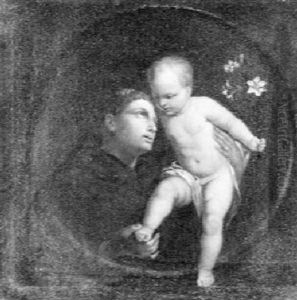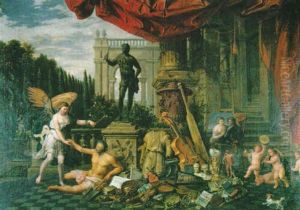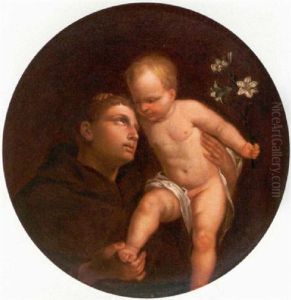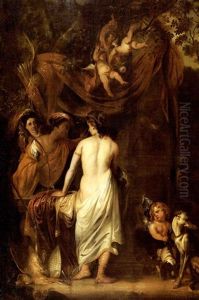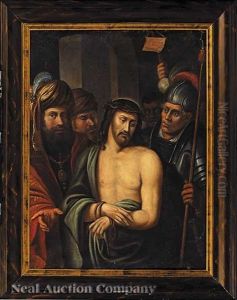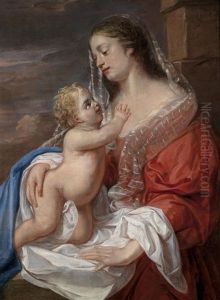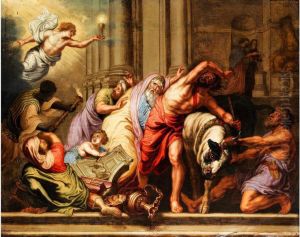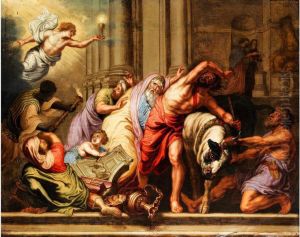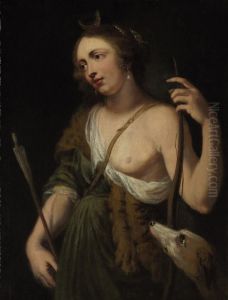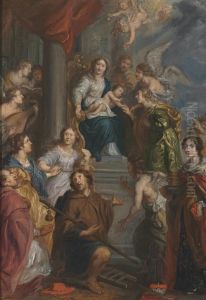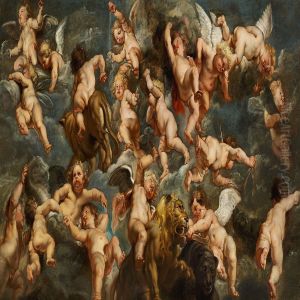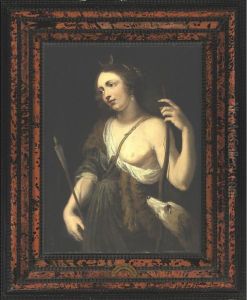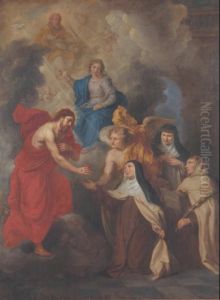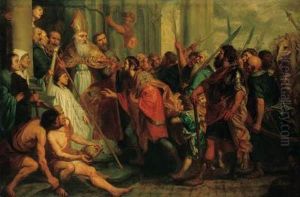Theodor Boeyermans Paintings
Theodor (Dirk) Boeyermans was a Flemish painter who was born in Antwerp in 1620. He is primarily known for his work during the Baroque period, which was characterized by dramatic expression, rich coloration, and bold manipulation of light and shadow. Boeyermans' early life is somewhat obscure, but it is believed that he received his initial art training in Antwerp, a city renowned for its artistic heritage and as the home of Peter Paul Rubens.
Boeyermans' work was significantly influenced by the Italian Baroque style, and he is known to have traveled to Italy, where he spent time in Rome and possibly other Italian cities, absorbing the works of masters like Caravaggio and the Carracci family. This exposure is evident in his later paintings, which demonstrate a strong Italianate influence.
Returning to Antwerp, Boeyermans established himself as a successful painter, and he received numerous commissions for religious and historical works, as well as portraits. His paintings were known for their grandeur and often contained allegorical or mythological themes. One of his notable works is 'The Triumph of Bacchus', which showcases his ability to depict figures with a dynamic and robust energy.
Despite his success, Boeyermans did not establish a large studio or train many pupils. His influence, therefore, was not as extensive as some of his contemporaries. Nevertheless, his paintings were celebrated for their dramatic intensity and the skillful use of chiaroscuro.
Theodor Boeyermans died in his hometown of Antwerp in 1678, leaving behind a legacy as one of the important Flemish painters of the 17th century whose works contributed to the richness of the Baroque tradition in Northern Europe. While he may not be as widely recognized as some of his contemporaries, his art continues to be appreciated for its contributions to the Baroque aesthetic and its reflection of the cultural and artistic exchanges between the Netherlands and Italy during the period.
